Who is to blame for the Nexus 6 price tag?
This article may contain personal views and opinion from the author.
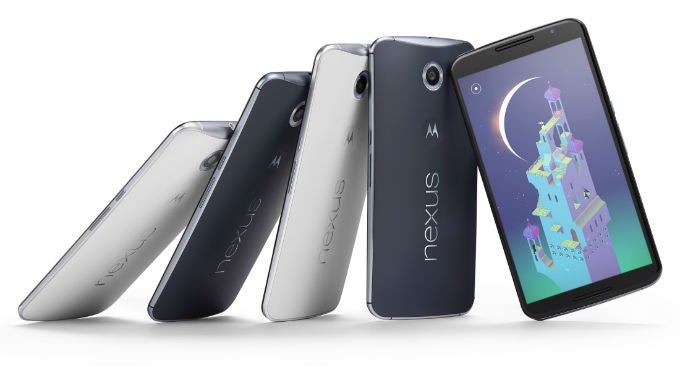
Today was a big day for Google and its Nexus line. Both the new Nexus 9 tablet and Nexus 6 phone are beasts on the spec sheet, and look like they will be great hardware for Android 5.0 Lollipop. But, that's not to say that there wasn't a bit of disappointment in the announcements. There was one bit of info that caught everyone by surprise, and certainly made some Nexus fans sad: the price tag. The Nexus 6 is reported to cost $649 off-contract, which is quite a lot more than the last couple Nexus phones.
The size of the new Nexus has been known for a while, and while quite a few of you don't like the idea of a nearly 6-inch phone, that's not really the point. It looks like Google will be continuing to sell the Nexus 5 for those of you who don't want the larger screen; and, for those who do want the larger screen, including developers who want a reference phablet. Recently, the idea of a developer reference device and a cut-rate price have become conflated, but it is helpful to remember that low-cost Nexus phones are the exception, not the rule.
Low-cost Nexus phones are the exception, not the rule. There have been six Nexus smartphones over the years, but only two of them - the Nexus 4 and Nexus 5 - have been sold at a reduced rate.
There have been six Nexus smartphones over the years, but only two of them - the Nexus 4 and Nexus 5 - have been sold at a reduced rate. The Nexus One and the Nexus S cost $529 when they were released. The Samsung Galaxy Nexus cost $649 when it came out in 2011. Then, Google made a switch and released the Nexus 4 at just $299 for the 8GB model and $349 for the 16GB model, and the Nexus 5 starting at $349. Now, the Nexus 6 is back at the $649 price point. So, what happened? How did we get back to this point?The massive specs of the Nexus 6 are nothing really out of the ordinary for the Nexus line, and that hasn't stopped Google from keeping the price low. Even taking into account the larger display, which has been known to carry a premium in pricing, there's no way that the price would jump that much. It also seems unlikely that Google wanted to avoid any calls of favoritism because the device has been built by Motorola, because there is the history of selling Nexus devices by LG at lower cost. That leaves three possibilities, as far as I can tell.
Manufacturer pressure
As much as we all came to love the price tag of the Nexus 4 and Nexus 5, those weren't the only devices being sold through Google; there were also the Google Play edition (GPe) devices. However, the Google Play edition lineup has been a very volatile group. Samsung, Sony, and LG all made appearances in the Google Play edition offerings, but all disappeared, never to be heard from again (unless the new posting from Google really does point to a Galaxy S5 GPe). HTC has been the one constant, though it seems safe to assume that Motorola will continue making appearances in the Google Play edition devices.
No one was ever quite sure why GPe devices would go out of stock, only to stay listed for months before finally being removed. There were rumors that the devices might have been removed to make way for the new Android Silver program, but that program hasn't materialized. It is also possible that the manufacturers simply weren't seeing the value in offering Google Play edition devices.
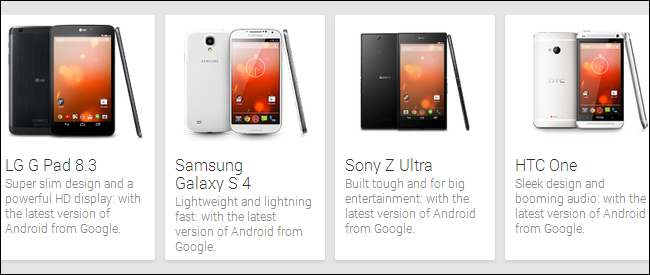
Think of it from a manufacturer's perspective: if you are offering a Google Play edition device, you have to do extra software development, because even though Google was responsible for the updates, it still needed hardware drivers for the devices. You also have to set aside a certain amount of stock that would not be loaded up with your software and sent to store shelves, but would instead be held by Google in case someone ordered the device through Google Play. And, your device is being listed in Google Play for full retail, which was often over $600, and listed next to a Nexus device being sold for half the cost. That makes the Nexus device look great, but probably means that you aren't selling many devices.
If you were a manufacturer, would you have any interest in getting your device in the Google Play edition club? Maybe not. So, maybe in order to bring manufacturers back on board with the GPe program, Google had to make a concession and sell the Nexus 6 at a more traditional price.
Marketing
The Nexus device was originally envisioned as a developer reference device, but it also took on the added responsibility of being the prime example of "pure" Android, which is to say Google Android. There was no manufacturer skin, and no carrier delays with updates. The Nexus line showed what Google envisioned as the best path forward for Android. The basic idea was to encourage manufacturers to minimize system-level customizations, and push updates through apps in the Play Store. But, it would also help push forward hardware and software changes, like NFC chips and on-screen navigation buttons. And, it would highlight for users how quickly updates could go out, if manufacturers got on board with Google's vision (a vision currently exemplified, unsurprisingly, by Motorola).
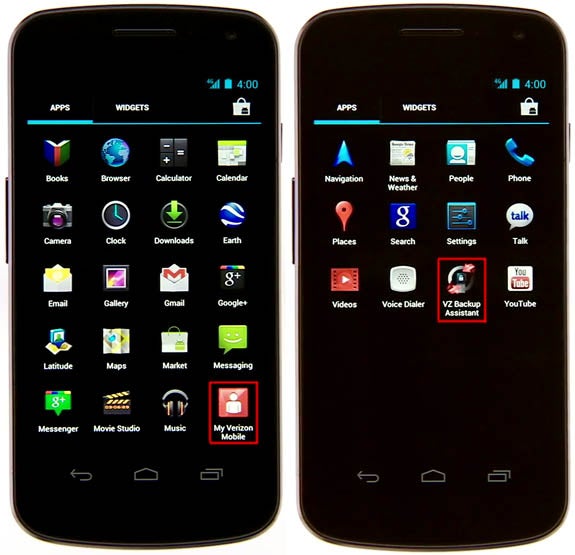
Given those troubles, the incredibly aggressive price tag of the Nexus 4 could have been Google's attempt at generating attention for the Nexus brand, and the vision of Google Android. If that was the plan, it most certainly worked, because the Nexus 4 sold out quickly, and often. Google had troubles with the Google Play Store itself, but the device was critically acclaimed, and obviously everyone loved the price. Google sorted out the issues with the Play Store, and launched the Nexus 5 at the lower price point as well.
Combine that with the success of the Nexus 7, and you've got some very good mojo for the Nexus brand itself. The Nexus phones were selling well around the world, and Google was getting the word out that pure Android was a quality product. Now that things are going well, maybe Google felt like it was time to try making some actual money with its Nexus devices. The Nexus brand has a faithful following, and the marketing was successful, but Google still hasn't proven that it can sell a smartphone in the traditional way. Part of doing that is selling the Nexus 6 at a traditional price, and part of it is putting the device back on major US carriers.
Carrier concessions
The Nexus smartphones have almost always been found on the smaller US carriers - Sprint and T-Mobile - but, it should be noted that the full retail price on those carriers was not the cut-rate price that you'd find on Google Play. If you wanted a Nexus 4 or 5 for use on T-Mobile, it was actually significantly cheaper (usually around $100) to buy it through Google and just get the SIM card from T-Mobile. That alone could be a very telling piece of data when considering the price tag on the Nexus 6, because the Nexus 6 won't just be sold through the usual channels, mainly Google Play, Best Buy, and the smaller carriers. The Nexus 6 has also been confirmed to be sold through AT&T and Verizon.

The AT&T is something new in terms of the Nexus being sold directly through the carrier, but Nexus devices have always been popular on AT&T's network, because of its use of GSM wireless bands. The big surprise is Verizon, because of the past troubles there. One of the reasons why the Verizon Galaxy Nexus had slow updates was because of Verizon's CDMA network, which required more work and separate binaries. Verizon has not yet moved on to LTE-only devices (although one could technically work fine, since Verizon has LTE coverage everywhere,) and the official Nexus 6 specs page does list the CDMA band classes listed for Verizon.
Google would not be releasing the Nexus 6 on Verizon if it hadn't gotten assurances of better support this time around; and, Verizon would not have given those assurances unless it got something in return. One easy spot that Verizon could get something in return would be the price tag. Remember: the full retail price for us is $649, but Verizon is paying the wholesale cost; and, the higher the price tag, the better for Verizon's bank account. Overall, carriers will want to make as much on the device as possible, but there is also the larger issue being that carriers and manufacturers probably don't want a device that inexpensive pulling sales from the other devices, especially a device from Google itself. Carriers won't be intentionally disrupting their business.
Of course, that does bring up an interesting question: will the Google Play Store price tag be $649 for the Nexus 6? As mentioned, there is a history of carriers selling the Nexus phones at a markup compared to Google Play. The $649 price tag has not been officially confirmed by Google or any of the carriers, because preorders don't start for two weeks, and announcing prices allows for more marketing opportunities. No need to give away all the info right now. It at least leaves the door open for a slightly lower, maybe $549 price directly through Google. That one feels like a reach though.
Conclusion
The truth of the matter might be found more in a combination of those ideas, and a number of other complexities, or it may be that one of these bigger options has led us to where we are right now. But, ultimately, when it comes to the question of "Who is to blame for the Nexus 6 price tag?", there is really only one answer: Google.
At the end of the day, none of those scenarios existing are the fault of anyone but Google. Maybe the Nexus price was annoying Google Play edition manufacturers, but if those manufacturers were that upset, it had to be because sales weren't there. And, if sales aren't there, the only reason for Google to bother is to make the Google Play Store and brand look better than if the devices were to all disappear. If it's a matter of marketing, again, that's Google's choice to make. And, even if there is carrier pressure, it was Google's choice to release the Nexus 6 on all major carriers, and not the traditional route of Google Play and Best Buy.
There are plenty of differing reasons as to why the Google Nexus 6 may cost more, but if we're looking for someone to blame, that can't go beyond Google itself

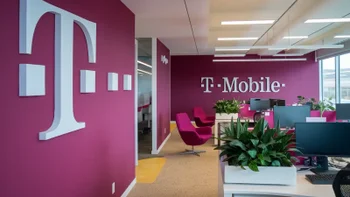


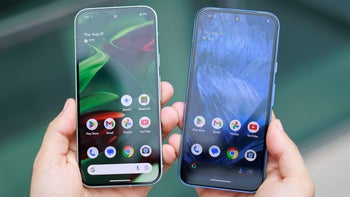



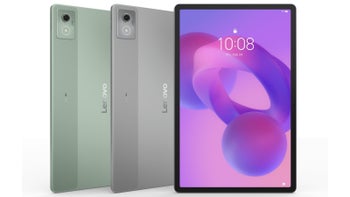

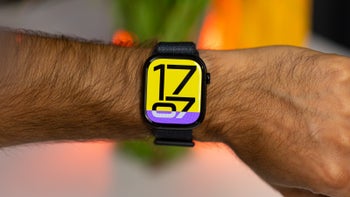


Things that are NOT allowed: